Bonsai trees have a special look, but have you ever wondered why they can be quite pricey? Well, it’s not just about a tree in a pot. There are some interesting reasons behind their cost. Not all trees are the same, and that’s the first thing to know, just like in a store, where some things cost more than others.
Bonsai trees also come in different types and sizes, affecting their price. Some trees are very old and rare, like ancient things, making them more expensive.
So, as we find out why bonsai trees can be a bit costly, do not forget that it’s not just about a tree. It’s a piece of living history and art.
1. Different Trees, Different Prices
Bonsai trees, much like their full-sized counterparts, come in a wide range of species. This diversity is a key factor in determining their price. Some species are inherently more valuable due to their rarity, unique characteristics, or the challenges associated with their cultivation. For instance, an ancient pine sequoia bonsai originating from Japan can command a much higher price than a more common variety. The age and origin of a bonsai tree play an important role in its overall cost.
2. Some Bonsai Come from Japan
Japan has long been recognized as a global epicenter for bonsai cultivation. The country’s rich tradition in this art form has given rise to numerous high-quality bonsai trees sought by fans worldwide. The correct care, expertise, and time invested in growing these trees in Japan contribute to their elevated price. Also, the expenses associated with importing live plants, including shipping fees and import taxes, add to the overall cost.
3. Bonsai Looks Like a Forest
One of the distinctive and amazing features of bonsai is their ability to be like a miniature forest ecosystem within the confines of a single pot. This aesthetic arrangement often involves carefully positioning multiple bonsai trees alongside other miniature plants, such as mosses or ground covers. The artistry lies in creating a composition that shows the essence of a natural forest scene. The perfect planning and careful use required to create this mini landscape contribute to the cost of these bonsai arrangements.
4. Pots and Tools Cost
In bonsais, the tools and containers used are more than just functional. They are considered integral elements of the art form. Many of these tools and pots are crafted by skilled artisans, resulting in unique and often expensive pieces. The choice of tools and pots is crucial, as they play an important role in the precision and effectiveness of bonsai care.
5. Some Bonsai Grow for Centuries
The longevity of certain bonsai trees is a remarkable factor influencing their value. Bonsai trees that have been cared for and nurtured over centuries possess a special significance. As these trees age, their trunks develop a distinctive thickness and taper that mirrors the proportions of full-sized trees in nature. This aesthetic maturity adds to their value. The most exceptional bonsai tree is the renowned 800-year-old pine tree in Japan.
6. Skilled Workers Make Bonsai
The art of bonsai demands a high level of skill and expertise from those who undertake its practice. Cultivating and maintaining bonsai trees requires specialized knowledge acquired through years of education and training. This level of intervention requires an in-depth understanding of horticulture. As well as an appreciation for the unique growth patterns of each species.
7. Bonsai is Art
Bonsai is mere horticulture; it is a form of artistic expression. Each bonsai tree is a living sculpture, proof of the vision and skill of its caretaker. Unlike static works of art that are completed within a relatively short timeframe. Bonsai is a dynamic art form that evolves over decades and sometimes centuries. The time, effort, and creative vision poured into cultivating a bonsai tree uniquely contribute to its elevated cost.
8. Not Many Bonsai Around
Culturing bonsai is a complex and labor-intensive process, making them relatively scarce in the market. Each bonsai tree requires dedicated attention and care, restricting the number produced. This limited supply, coupled with a consistent demand from enthusiasts, naturally leads to higher prices.
9. Bonsai Last a Very Long Time
One of the remarkable aspects of bonsai trees is their potential for longevity. With proper care, a bonsai tree can grow for generations, making it a lasting investment. This enduring quality sets bonsai apart from many other plants that may have a shorter lifespan. Owning a bonsai tree means enjoying its beauty in the present.
10. Growing Bonsai Needs Hard Work
Cultivating bonsai demands a significant amount of dedication, effort, and skill. Caretakers devote years to the careful tasks of pruning, wiring, repotting, and grafting. These activities must be performed consistently and with precision. Bonsai trees require daily attention. It includes regular watering and monitoring of environmental conditions.
Conclusion
So, bonsai trees are expensive because they are not just trees in pots; they are living works of art. They come in many types, and some are rare and old, which makes them pricey. Japan, known for bonsai, exports high-quality trees that come with import costs. Creating a tiny forest in one pot like a bonsai needs skill and planning, adding to the expense.
The tools and pots used are special and can be costly. Caretakers are like artists shaping and grooming the trees over many years. It’s a living masterpiece that brings nature’s beauty into our homes.
Bonsai trees, with their history and artistry. And remind us that sometimes the most valuable things are those that take time and care to grow.
Be sure to check out these other posts for more fascinating insights:

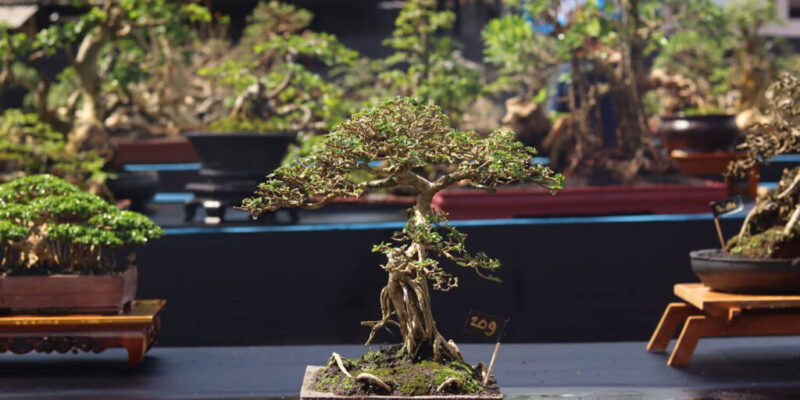
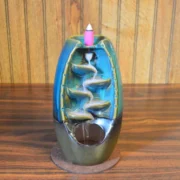
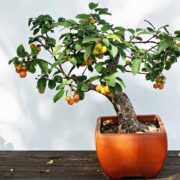
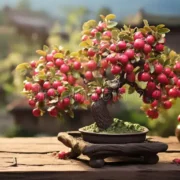
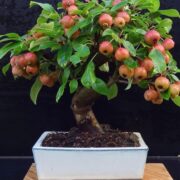
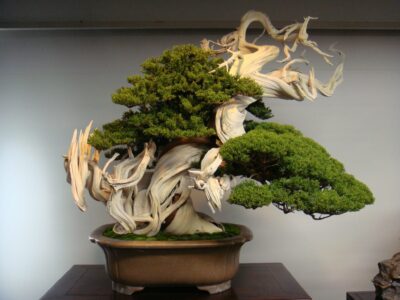
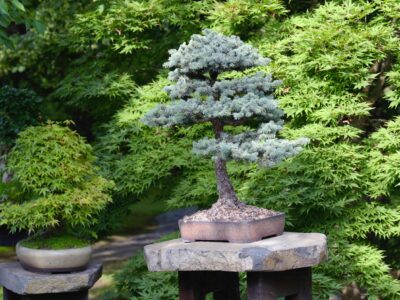
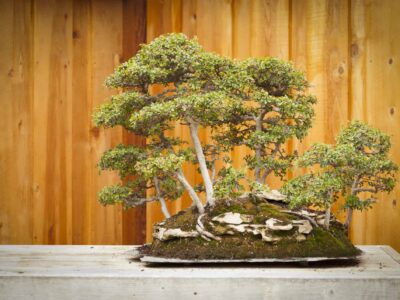
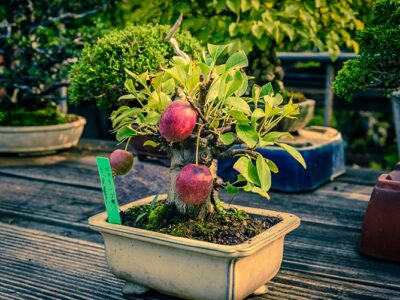




Comments